 ys
ys
-
News
-
Products
Products
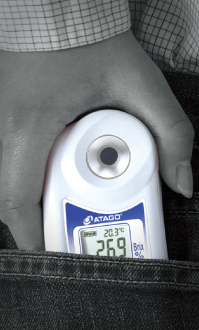
Search by products
Viscometer Meter pH Meter Refractometer In-line Refractometer IR Brix Meter Salt Meter VIEW ALL
Search by application

Search by customers
-
ATAGO Lab
-
HACCP
- Support
- Company
-

- Global


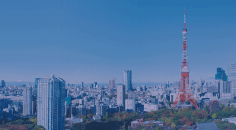
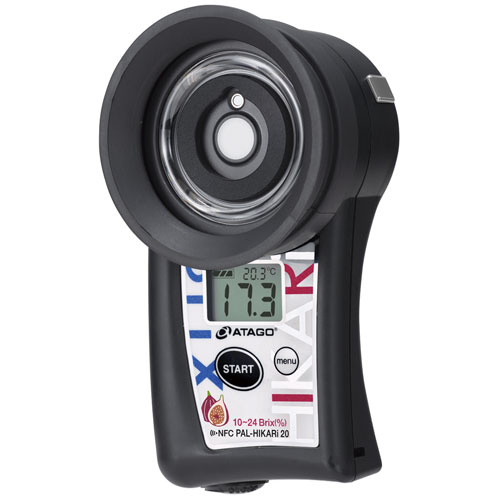


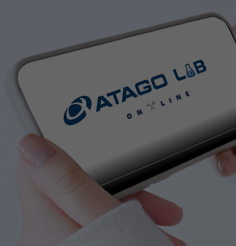
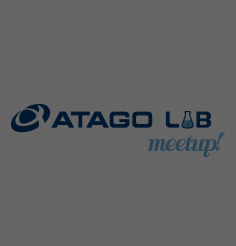
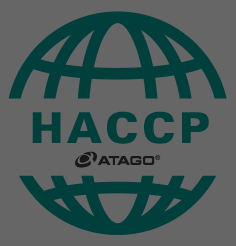

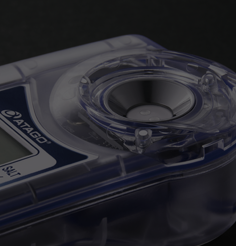
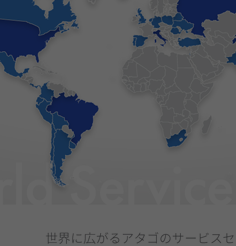

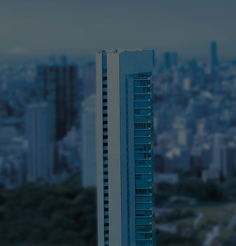
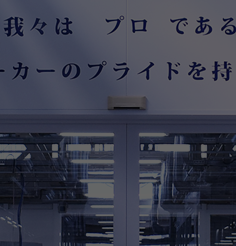



















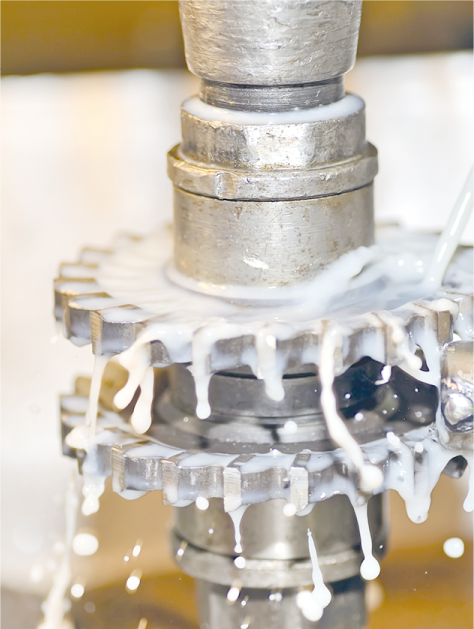
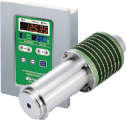


Surface treatment refers to a physical and chemical treatment applied to the surface of solid materials for aesthetic, ornamental, hardening, and enhanced corrosion resistance purposes.
Types of treatments include cleaning, polishing, etching, and coating, but to demonstrate the maximum effectiveness of surface treatment, it must be performed with the same, standard concentration.
Therefore, using in-line refractometers to check whether the concentration is as usual is immensely important.